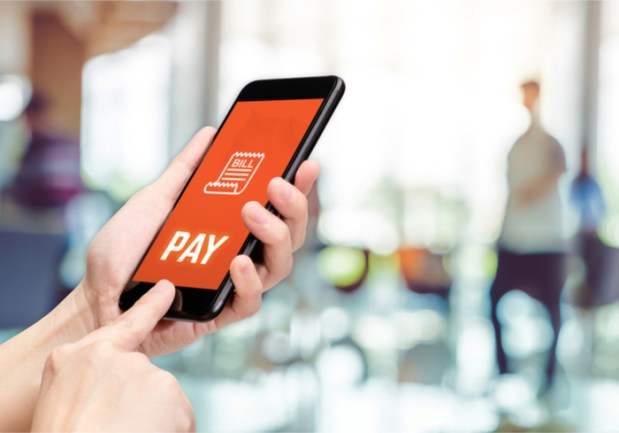How Uber, Instagram And GUESS? Are Driving Platform Payment Innovation

To meet the demands of consumers hungry for digital payment options, a growing number of online platforms are changing the way that consumers pay for their services. They are expanding their payment choices, as, at the same time, brick-and-mortar retailers are opening up to a world of digital payments.
Some online platforms like Uber are rolling out closed-loop payment systems, while others such as Airbnb are letting consumers pay for only a portion of a purchase upfront. And brick-and-mortar stores are like GUESS?, Inc. are starting to offer digital payment options popular with international shoppers.
In the latest Payment Powering Platforms Tracker, PYMNTS finds there’s growing interest and investment in mobile and digital payment platforms from Asia to Africa and the U.S.. The following roundup offers some insight into the latest innovations in digital payments for platforms and retailers.
The projected CAGR of the ridesharing platform space through 2024 is 16.4 percent. At the same time, companies in this space are innovating through payments inside of their growing ecosystems. Uber, for instance, launched Uber Cash in September, providing a closed-loop payment network that lets consumers easily add funds to their stored value accounts. Those consumers then use Uber Cash to pay for things across the Uber ecosystem, which today includes bike sharing via JUMP Bikes, food delivery via Uber Eats and ridesharing via Uber and its many variants on that theme. Uber Cash will also become the home for Uber’s gift cards, its Visa Local Offers credits, loyalty and card rewards and redemptions.
The projected size of the online vacation rental platform market by the end of 2018 is $36.6 billion. Amid this growth, home shares are rolling out new payment options. Airbnb announced in January, for instance, that guests who book a stay through the site can now opt to pay for a portion of their trip at the time of booking instead of paying for the entire stay upfront. Previously, Airbnb guests had to pay for 100 percent of the trip at the time of booking. With the introduction of Pay Less Up Front, guests can now pay for just a portion of the trip at the time of booking, usually a 50 percent deposit.
The share of social media platform merchants who attribute their success to digital payments is 96 percent. Expanding upon its in-app commerce efforts, Instagram has quietly introduced a native payments feature earlier this year. With the new functionality, users can register a credit or debit card and make payments within the social media platform after setting up a security PIN, according to reports in May. At the time, users could make payments to a limited number of businesses, such as restaurants and salons. Users could make in-app payments through the Instagram pages of some of Resy’s clients, for example.
The share of mobile payments in China processed by WeChat and Alipay is 94 percent. GUESS?, Inc., for instance, has partnered with Alipay to bring the payment option into select brick-and-mortar stores across GUESS brands to attract Chinese travelers visiting the U.S. With the tie-up, customers will be able to use the app in more than 50 locations such as New York, Las Vegas and California. The deal also provides marketing for GUESS stores: Chinese travelers can find nearby GUESS locations with the app’s geolocation-based “Discover” function. In addition, consumers can make purchasing decisions and receive promotional information through the app.
The portion of payments made via mobile platforms in China this year is 85.2 percent. Those payment platforms are branching out to other countries in the region, too: Tencent’s WeChat, for instance, has launched a digital payment platform in Malaysia in what is its first Asian market outside of China and Hong Kong. According to an August report in Financial Times, WeChat users in Malaysia can transfer money between friends and family and make payments to offline merchants in the country’s currency. The report noted that the expansion of the payment platform into Malaysia implies that the company is building a local payment service instead of expanding overseas by enabling Chinese customers to pay when traveling abroad.
In all, the latest offerings from online platforms such as Uber, Airbnb and Instagram suggest that platforms that haven’t just changed the way consumers find vacation rentals or rides. They, along with brick-and-mortar retailers, can drive payment innovation, too.
